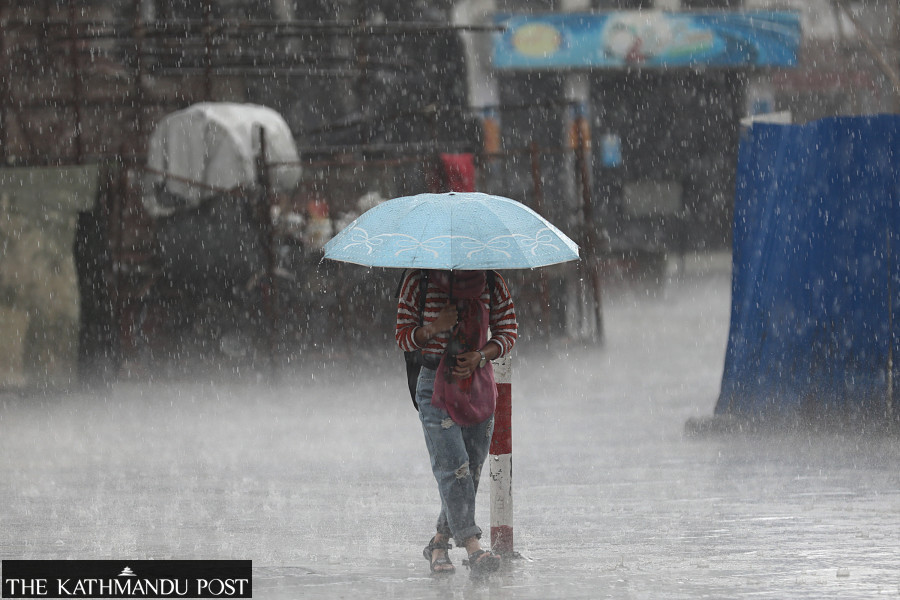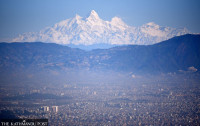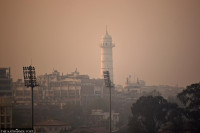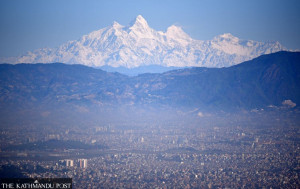Climate & Environment
Rain brings respite to Tarai residents from heat wave conditions
The maximum temperature in most places of the Tarai region, where heat wave warnings were issued a few days ago, has dropped to around 35 degrees Celsius.
Post Report
People residing in the districts of the Tarai, especially in the mid-western and far-western regions, have found a respite from heatwave conditions as the rain over the last few days has dropped temperatures by several degrees.
The Meteorological Forecasting Division under the Department of Hydrology and Meteorology stated that the maximum temperatures in most of Tarai districts in Lumbini and Sudurpaschim provinces, which had exceeded 41 degrees Celsius, dropped to around 35 degrees Celsius on Thursday.
The temperature in Eastern Tarai of Koshi Province has dropped to 30-31 degrees Celsius in the afternoon.
Last week, with the maximum temperature crossing 39 degrees Celsius, triggering heatwave conditions in many parts of the Tarai region, health facilities reported a rise in cases of waterborne, foodborne, and vector-borne diseases, and viral fever.
Officials at the Lumbini Provincial Hospital in Butwal and Bheri Hospital in Nepalgunj had said that they were struggling to manage beds due to the sudden rise of the patients.
The temperature in the Kathmandu Valley plummeted to 15 degrees Celsius at 9 am Thursday, from 33 degrees a few days ago. The cool temperature even prompted many people to unpack warm clothes in the Valley.
“Rainfall will occur until Sunday,” said Sanjiv Adhikari, a meteorologist at the division. “There is no chance of heat wave conditions in the Tarai region for the next four to five days.”
The met division said that Kathmandu Valley witnessed light rainfall on Thursday. Hilly and mountainous regions of the Koshi, Bagmati, and Gandaki provinces witnessed light to moderate rain accompanied by thunder and lightning. Lumbini, Karnali, and Sudurpaschim provinces did not witness rainfall on Wednesday and Thursday morning, but officials say clouds that cause rainfall are developing there in the afternoon.
Met officials say moisture is incoming from the Bay of Bengal, and the local system, along with the wind, is responsible for rainfall in many places across the country, which is a normal pre-monsoon phenomenon.
Last year, heat wave conditions affected hundreds of people in the country’s southern belt. A heat wave occurs when the maximum and minimum temperatures at a location are unusually high continuously over a three-day period.
Exposure to excessive heat can result in headache, nausea, weakness, dizziness and fainting among people. Heat-related illnesses include heat stroke, heat exhaustion, heat cramps and heat syncope (fainting). Heat stroke is the most severe form of heat-related illness and requires immediate medical attention.
Doctors ask people residing in the Tarai region to take precautions against the risk, remain hydrated and avoid outdoor activities during the day if possible.




 7.12°C Kathmandu
7.12°C Kathmandu










